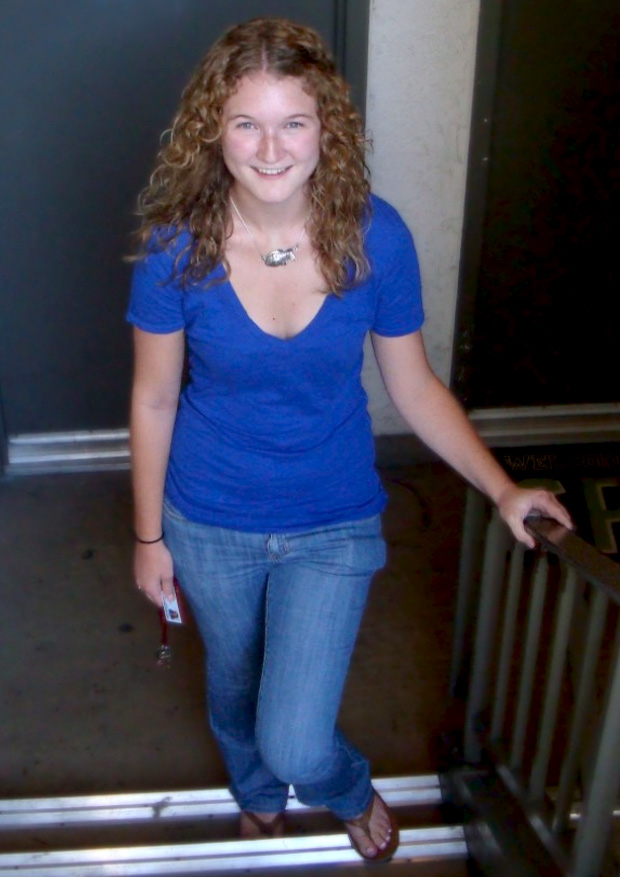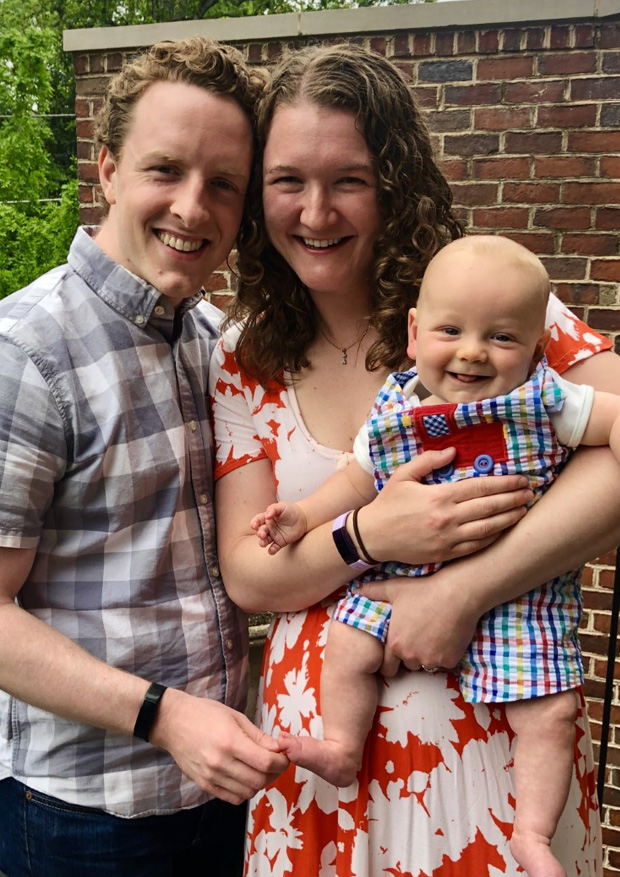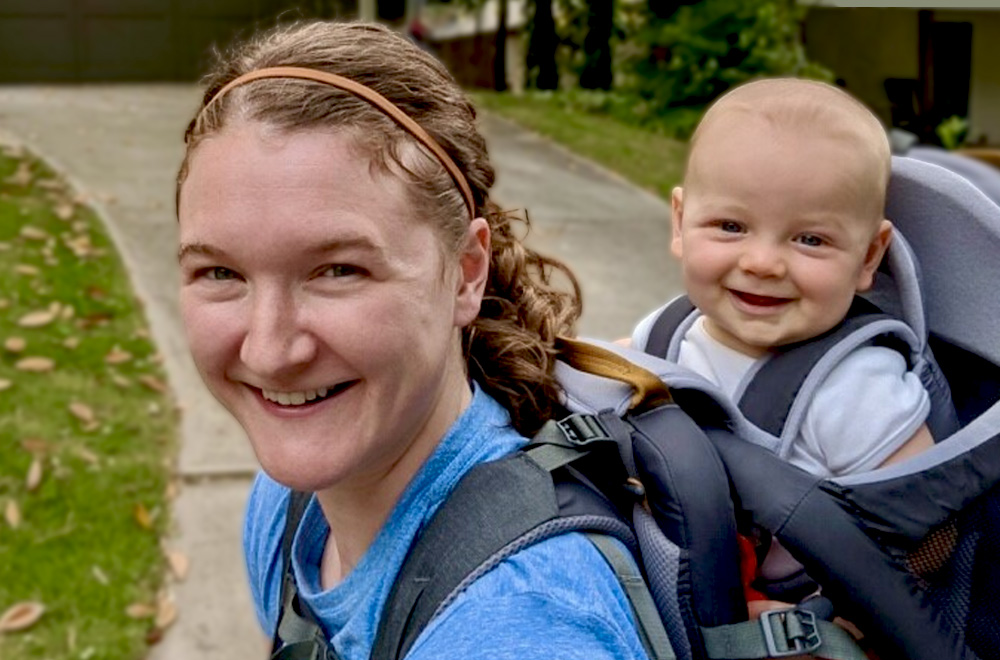Caitlin Bradbury was 12 years old when the pain started, a year before her period. She felt an incessant, piercing burn in her lower abdomen, along with nausea. After her menstrual cycle began at age 13, the pain continued during every period. The bleeding was so heavy, Caitlin tried using multiple supersize tampons at once, but still bled through. She missed school on the worst pain days and planned social events around pain.
Caitlin’s parents accompanied her on countless, often frustrating trips to various doctors. Her OB/GYN, unable to diagnose her, referred Caitlin to a gastroenterologist, who ordered her to endure a colonoscopy. It came out clean. One of the more dubious doctor’s theories she heard to explain her pain was that Caitlin—who loved school and was a top student at Pace Academy in Atlanta—was responding to stress and trying to avoid school.
“It seemed like no doctors believed there was something really wrong,” said Caitlin. “I began to question myself and wonder if it really was ‘all in my head,’ as some doctors suggested, even though my pain was so intense and real.”
Finally, at age 17, on the advice of her aunt, CGR Director Linda Griffith, Caitlin had surgery in the hope of uncovering the cause of her anguish. Given Griffith’s history, and the fact that the disease can have genetic links, Griffith had strongly suspected that Caitlin had endometriosis and referred her to Ceana Nezhat for the surgery.
In that first surgery, “My bladder was stuck to my uterus with scar tissue, and endometriosis lesions were all over my pelvic wall,” Caitlin described. She required a second surgery in 2012, at age 22, again with Dr. Nezhat. In that surgery, she was also diagnosed with adenomyosis, which is uterine thickening that occurs when endometrial tissue, which normally lines the uterus, moves into the outer muscular walls of the uterus.
The very bright spot in Caitlin’s journey with the disease came in 2019, when at age 29, she gave birth to son Ian Hamer.
“I had to have a small intervention of taking fertility medication to get pregnant,” Caitlin said. Dr. Keith Isaacson was her physician for the successful intervention. She explained that her situation “would have been much worse” if she had not been lucky enough to get diagnosed with endometriosis at a relatively young age.
“My husband Ryan [Hamer] and I feel extraordinarily blessed to have a child,” said Caitlin. “We will be forever grateful to Aunt Linda [Griffith], Dr. Nezhat, and Dr. Isaacson for helping make this happen. I always thought endometriosis was a curse that would prevent us from having a family.”










